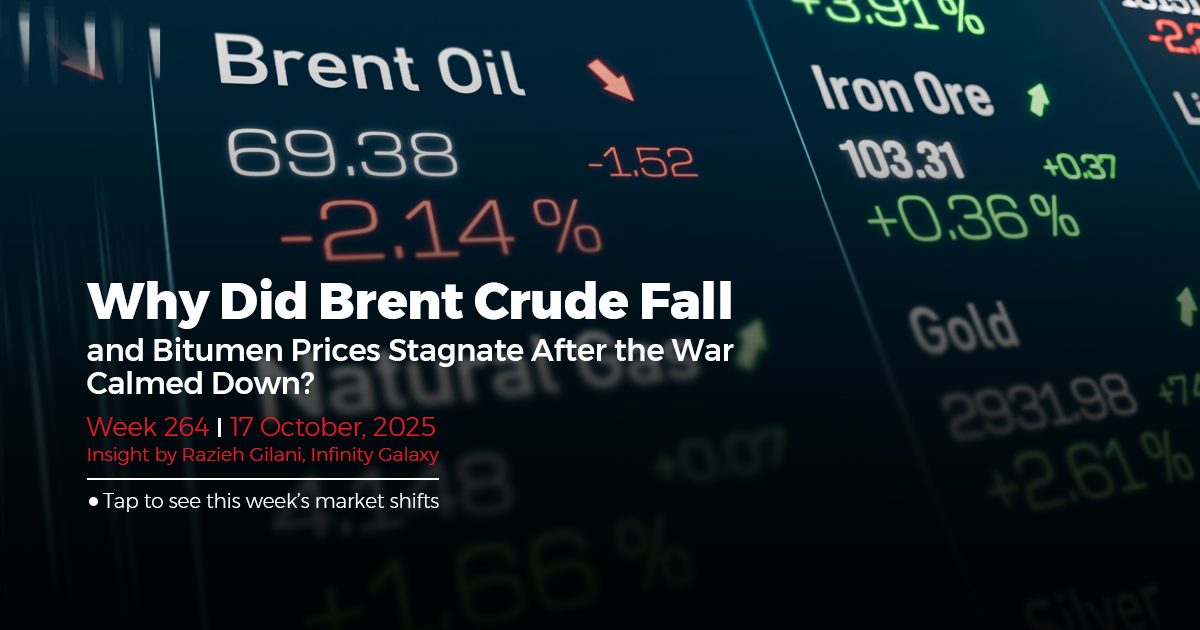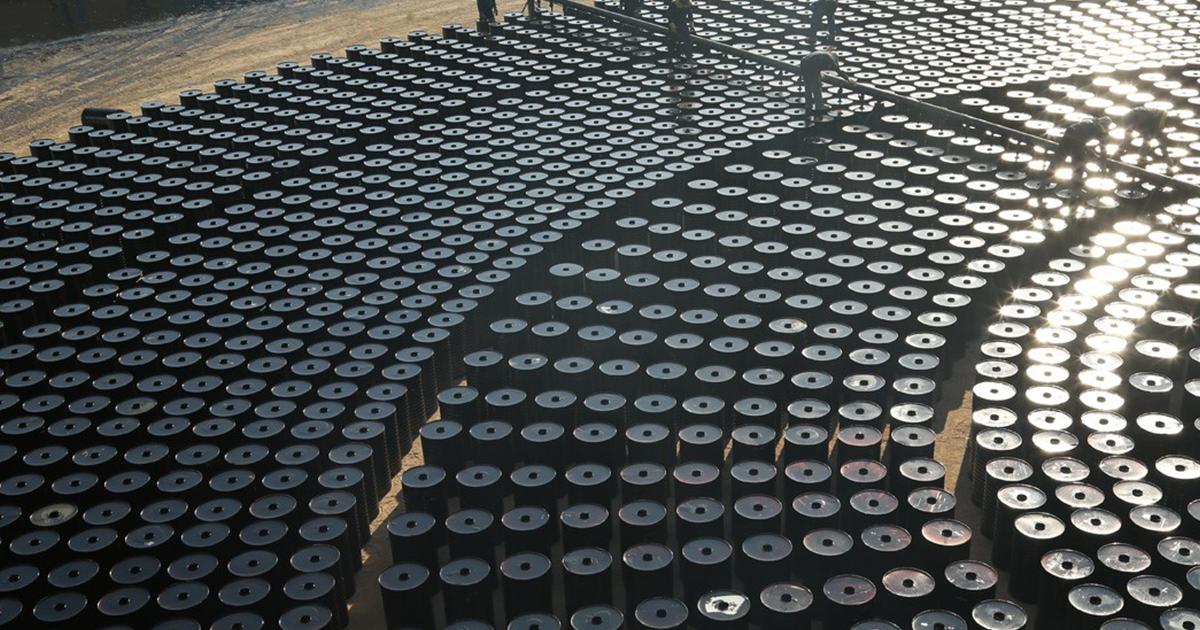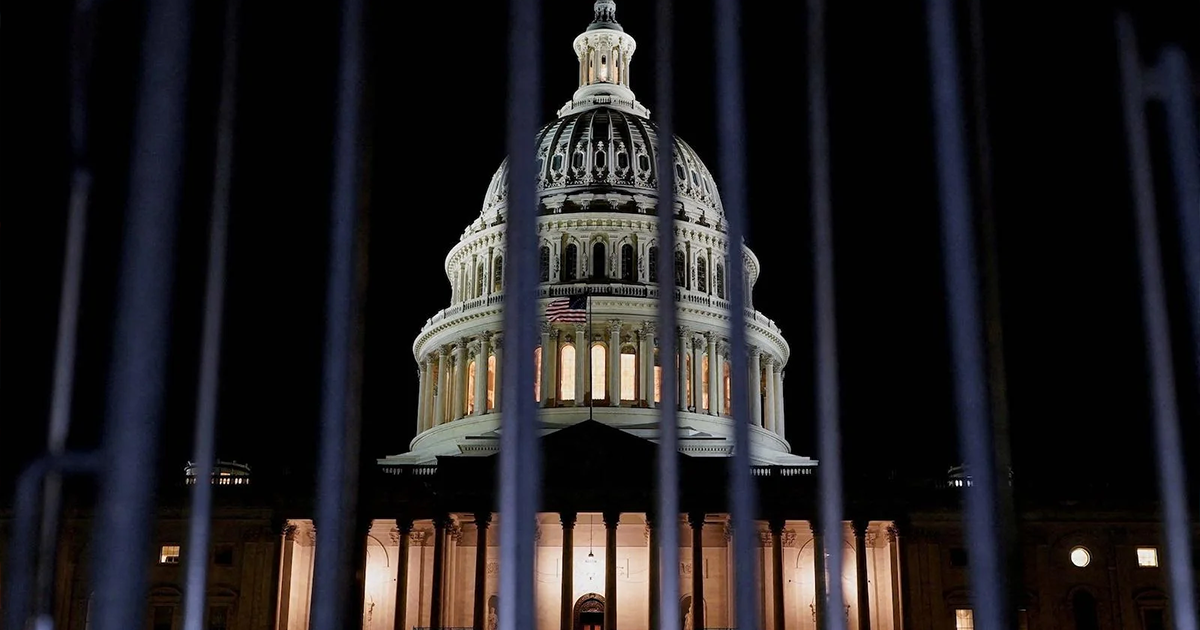Weekly Bitumen Report: New Sanctions on Russia, A New Spark for the Market?

The Political and Economic Developments of the Week
Three Fronts, One Shared Risk
In the week ending October 23, 2025, trade tensions between Washington and Beijing entered a new phase. China restricted exports of critical minerals, and the U.S. responded by threatening 100% tariffs on industrial and technology goods. Unlike a traditional tariff war, this round of confrontation has extended into supply chains and strategic resources, an issue that could slow global growth and negatively impact demand for energy and raw materials. At the same time, financial market volatility intensified, and market participants expressed concern about the world’s two largest economies once again entering a cycle of economic tension.
In the Middle East, implementation of the Gaza ceasefire remains fragile amid mutual accusations between Israel and Hamas; both sides accuse each other of violating the agreement, and occasional airstrikes in Rafah have been reported. In a recent speech, Trump stated that several Arab countries have proposed entering Gaza to disarm Hamas. Meanwhile, U.S.–Russia talks have stalled, and Trump is declaring that “the negotiations are going nowhere.” Immediately afterward, Washington sanctioned two Russian oil giants, Rosneft and Lukoil, an action that could pressure Russia’s oil exports and reintroduce geopolitical risk to the energy market.
Crude and Fuel Oil Markets in East Asia
Risk Returns After Price Drop
During the week ending October 23, the initial drop in Brent crude to around $60 per barrel was mainly due to easing Middle East tensions and a rise in U.S. oil inventories, prompting traders to remove part of the geopolitical risk from the market. However, from midweek onward, following the breakdown of Trump–Putin talks and sanctions on Rosneft and Lukoil, the market reacted sharply. Concerns about a reduction in Russia’s exports, seasonal demand growth in East Asia, and new data showing improved fuel consumption in Europe led to a rebound in prices. Traders again factored political risk into prices, and Brent rose to $64 per barrel, signaling a gradual return of geopolitical risk to the energy market.
At the same time, Singapore 180CST reached $369, while bitumen prices in Singapore and South Korea reached $399 and $370, respectively.
Despite lower crude prices, demand in East Asia remains weak.
Bitumen Market in Bahrain and Europe
Gentle Correction Amid Weak Crude
In Bahrain, the market remained largely inactive, with prices tracking global indicators. Bitumen price stayed at $400.
In Europe, FOB Rotterdam and Baltic prices fell by about $15, and the Mediterranean saw $11 drop. The decline of Brent crude to $62 and weakness in the heavy fuel market triggered a domino effect in bitumen prices. Nevertheless, regional supply remains balanced, and the market is in a phase of “gradual correction” rather than collapse.
Bitumen prices in Europe ranged between $370-$410.
| Latest Market Prices (23 October 2025) | |
|---|---|
| Crude Oil | $64 |
| Singapore’s 180 CST | $369 |
| Singapore’s Bitumen | $399 |
| South Korea’s Bitumen | $370 |
| Bahrain’s Bitumen | $400 |
| Europe’s Bitumen | $370 – $410 |
India Bitumen Market
Temporary Stability Under Looming Downward Pressure
The Indian market showed no significant changes, though importers became more cautious about competitive pressures. Overall, the market continued with the same trend as previous weeks.
China Market
Construction Recession and Cautious Buying
In East China, prices fell by $17, and demand came in below forecasts. Infrastructure projects in eastern and southern China have been halted due to reduced local budgets and a construction slowdown. Buyers prefer to use existing inventories until prices stabilize.
Market Analysis of Iran
Fragile Stability Along the Oil Path
Iran’s export prices remained virtually unchanged. The exchange rate of the dollar slightly declined, and Iran’s bitumen exports showed minor improvement. At the same time, shipping routes for some ports have been adjusted. It seems that Iran’s market trend currently depends largely on the global oil price.
Insight by Razieh Gilani from Infinity Galaxy
The global oil and bitumen markets stand at the crossroads of two opposing waves:
On one hand, easing Middle East risks and weak demand in East Asia create downward pressure; on the other, sanctions on Russia and the return of geopolitical tension send bullish signals.
According to Razieh Gilani from Infinity Galaxy: “The market no longer moves with excitement; it moves with fear. Every political shock is instantly reflected in prices, but the effect doesn’t last. In this environment, stability only makes sense in the medium term,
where politics and oil will once again intersect.”
Talk to Our Bitumen Experts
At Infinity Galaxy, we’re here to answer any questions about buying bitumen. You can also check the latest bitumen prices by destination. Let us know your inquiry using the form below.
"*" indicates required fields






